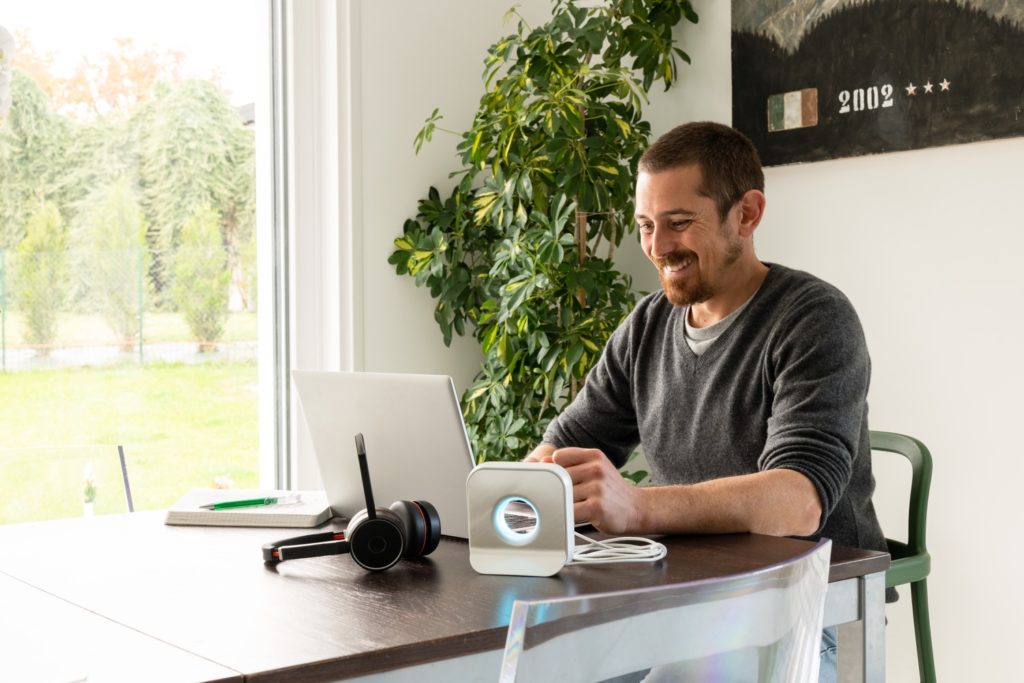There are many startups that have taken the stage of the Festival del Futuro and of Future Arena during the last edition last November. Among these innovative companies we mention the case of Fybra, which is also part of our community Experience the Future. If you want to review the CEO's speech, Gaetano Lapenta, we leave below the link with the entire episode of Future Arena on November 18 (on YouTube however, all sessions are available). Thanks to a made in Italy algorithm, Fybra's device is able to monitor air quality. Its effectiveness has been proven by an analysis carried out in some pilot schools by Eurac Research as part of the project QAES - Air quality in school buildings, funded by the Interreg VA Cooperation Program “Italy - Switzerland 2014-2020 ″.
The researchers compared the instrumental measurements made in two comparable classes, one with the Fybra device installed, the other without. The search results showed, in the classroom where the device was installed, one 50% reduction in the number of times windows are opened and a lower CO2 concentration equal to 40% compared to the other class. Furthermore, in the classroom equipped with Fybra, a satisfactory level of healthiness of the air, while the comfort temperatures were respected for the 90% of the time.
Fybra Home: how it works
After the official launch at the Festival del Futuro, has arrived on the market Fybra Home, the domestic version of the patented device. The heart of the new product is a algorithm dedicated that monitors in real time the data of CO2, temperature, relative humidity and volatile organic compounds present in the air. The information is crossed, analyzed and translated into a light signal: blue if the quality is good, red if it is below the standards (and it is therefore necessary to ventilate the spaces), purple when it is being improved. What sets it apart Fybra Home is the fact that it is not static: the device, in fact, is able to independently learn the habits of use and ventilation and adjusts to them to obtain the best performance.
The CEO's statement
"The algorithm that regulates Fybra Home is" weighted "in a different way, because the dynamics of space occupation in a domestic environment are different compared to a" public "environment - explained the CEO Gaetano Lapenta -. There is greater variability in the occupation of space, just think of when you host friends, or the air you breathe while cooking compared to when you are in the living room. Furthermore, in a domestic environment, thermal comfort and air quality are perceived as priorities. Finally, in the home, also the Voc, volatile organic compounds, which have been included among the values measured by the sensor, have an impact on the quality of the air, as impactful as CO2. "







